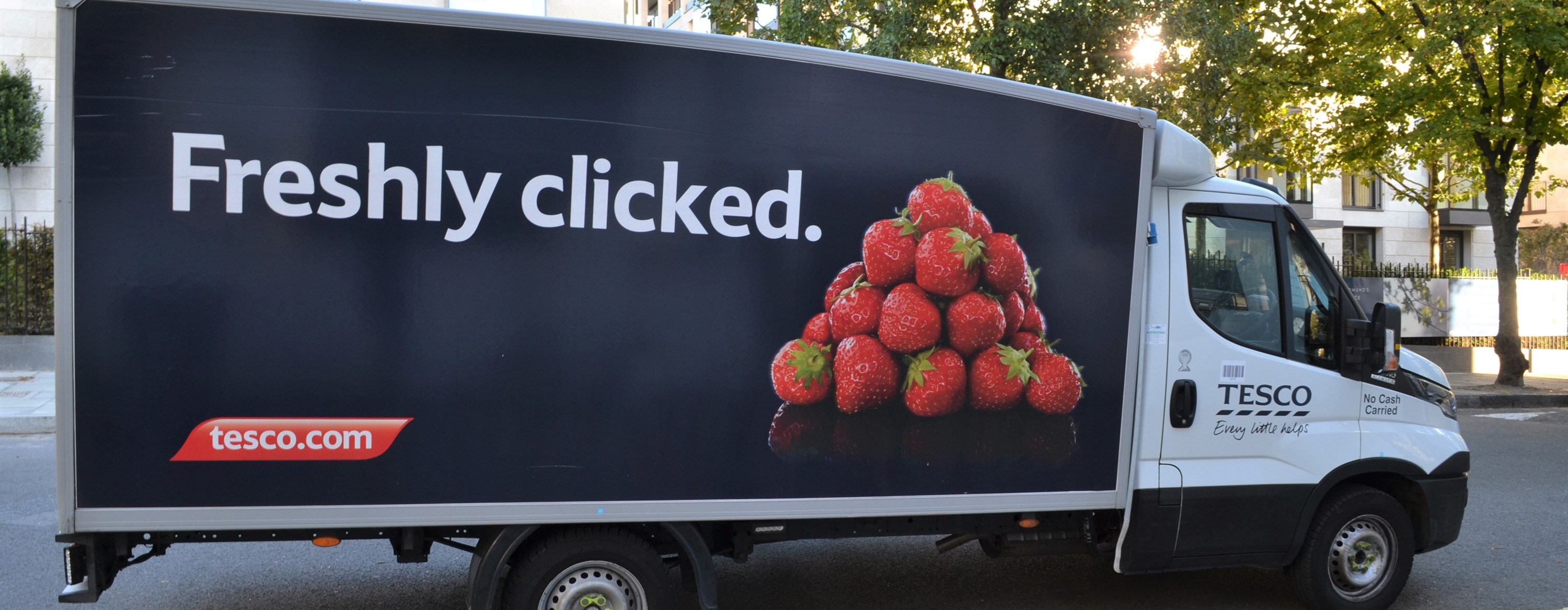
Tesco profits dive
Tesco profits dive 20% despite surging grocery sales during pandemic. The pre-tax profits tumbled by almost 20 per cent to £ 825 million over the past year, despite big increases in turnover.
The grocer stress that Covid-related costs of almost £ 900 million counterbalance surging sales.
Tesco boss, Ken Murphy, uncovers that group sales excluding fuel increased by seven in its core market, UK, and Ireland. Tesco’s full-year sales grew 8.6 per cent to £ 48.8 billion.
Who says online is hopeless?
Online sales jumped by 77 per cent to £ 6.3 billion in the UK as the Big 4 grocer doubled delivery capacity to meet rising demand.
“Tesco has shown incredible strength and agility throughout the pandemic,” Tesco chief executive Ken Murphy argues.
But fast-growing costs do not impress analytics or investors. Pre-tax profits slid 19.7 per cent to £ 825 million for the 12 months to February, compared with
£ 1.03 billion recorded the previous year.
Profits were weighed down by £ 892 million in Covid-related costs. The bill of pandemic costs was mainly driven by hiring extra staff to cover workers impacted by Covid-19 and investment in safety in stores.
50,000 temporary works
Tesco hired almost 50,000 temporary workers during the pandemic, about 20,000 of whom have joined the retailer permanently.
“By putting our customers and colleagues first, we have built a stronger business and while the pandemic is not yet over, we are well-placed to build on the momentum in our business. We have strengthened our brand, increased customer satisfaction and improved value perception,” the boss argues.
The question is whether it holds up on closer inspection. The company continues to lose market share in the UK and has sold virtually all of its international chains in recent years.
“Tesco had been “recast” in the eyes of the public,” said Ross Hindle, an analyst at Third Bridge investment research firm, but challenges would remain after the pandemic.
“While Tesco’s Aldi price match strategy has been somewhat successful, the competitive threat of the discounters remains Tesco’s biggest risk. The end of the furlough scheme, a potential rise in unemployment and inflation worries could all send shoppers back to its cheaper competitors,” he says to The Guardian.
Aldi and Lidl
The major competitors are German low-price chains, Aldi, and Lidl, that are more efficient and therefore can keep prices lower.
Consumers acknowledge this with good help from Tesco itself, which last year launched the "Aldi Price Match" campaign! When was the last time we heard a chain brag about a competitor?
In classic marketing, you should never, ever mention your competitor's name or brand. Perhaps not so strange that it goes down with what in its time was “the chain”, the one everyone traveled a long way to study?
Sources: Tesco Ltd., Reuters, The Guardian.